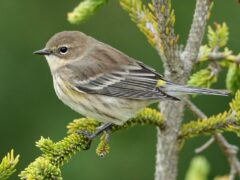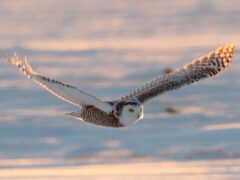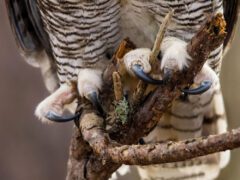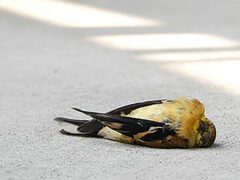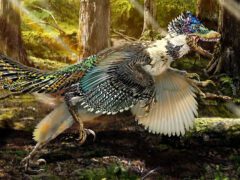These compact swallows have rounded, broad-based wings, a small head, and a medium-length, squared tail.
Relative Size
Smaller than a Purple Martin; slightly larger than a Bank Swallow.

 sparrow-sized or smaller
sparrow-sized or smallerMeasurements- Both Sexes
- Length: 5.1 in (13 cm)
- Weight: 0.7-1.2 oz (19-34 g)
- Wingspan: 11.0-11.8 in (28-30 cm)
- Length: 5.1 in (13 cm)
- Weight: 0.7-1.2 oz (19-34 g)
- Wingspan: 11.0-11.8 in (28-30 cm)










